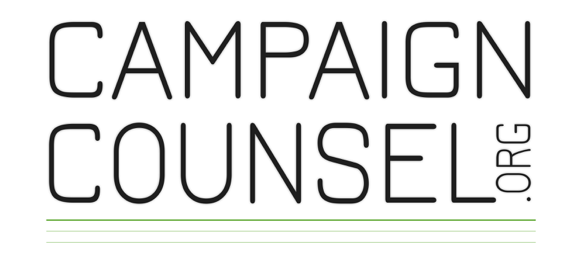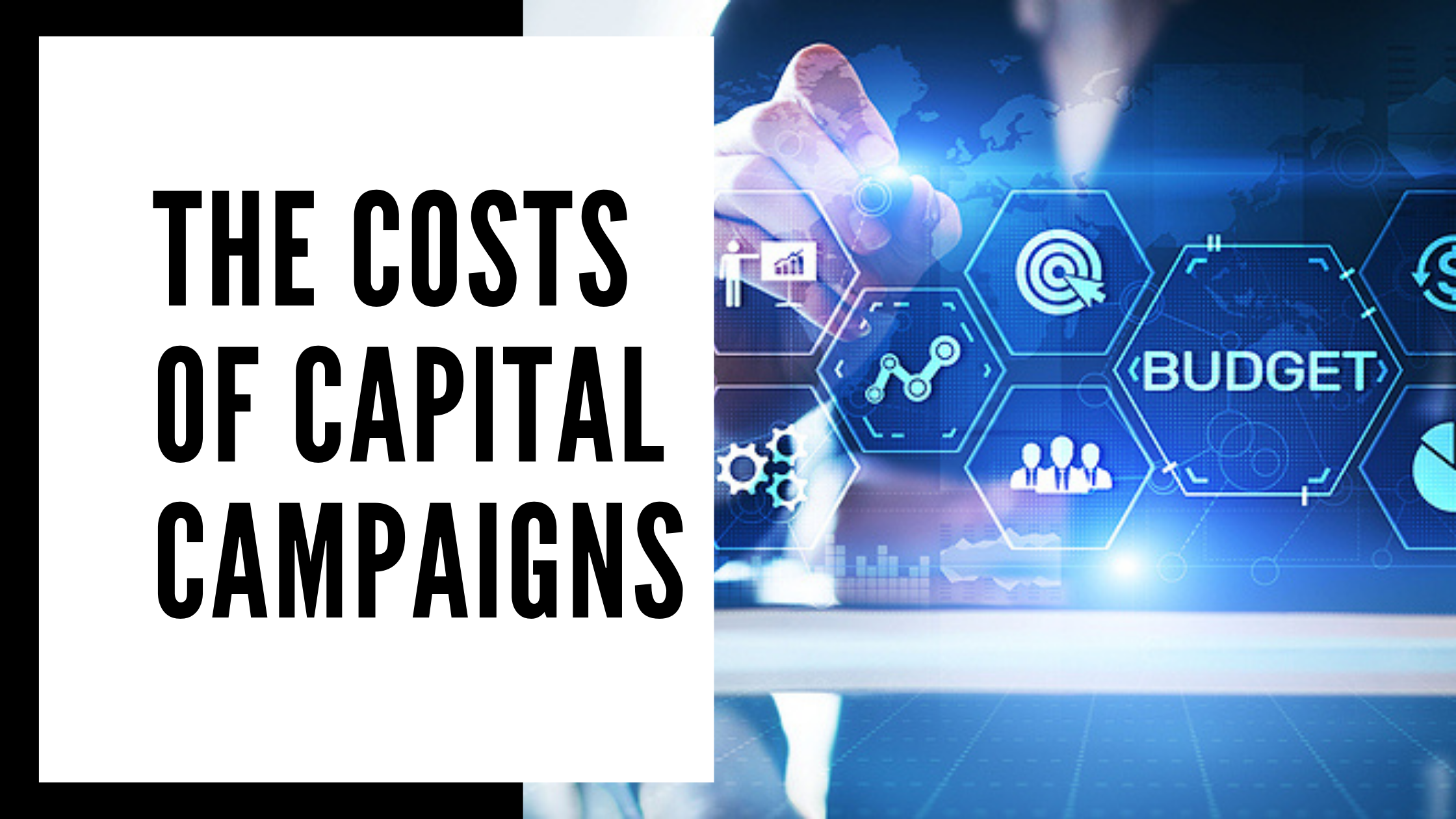Ask Your Board These Questions to Determine Capital Campaign Readiness
There are many factors that go into determining readiness in a capital campaign. It is important to discuss with your board and staff a variety of issues to insure that, in the least, the internal leaders fully understand other internal leaders' ideas and opinions. From this open discussion, consensus can be reached.
It’s a good idea to take your internal leadership (board and staff) through the questions below and develop a consensus. There isn’t one right or wrong response to any issue. A thorough discussion of these issues can be critical to insuring that there are no early disagreements about goals, intentions, and plans for a capital campaign.
Issue One – Image and Reputation
My organization is well known and respected in the community. If we went to the downtown area and randomly asked 100 people to name a charity in our immediate community, how many of those 100 would name our organization?
How many of those 100 would be able to provide a reasonable description of our services and programs?
When it comes to our area of expertise (homelessness, health care, art, education, etc.), how many of the top 100 community leaders would agree that our organization is a leader in our particular community?
Issue Two – Case for Support
Development of the Campaign Case for funding was a cooperative effort between staff and the Board of Directors of the organization, and all agree that fulfillment of that case statement is instrumental in fulfilling the organization's mission.
If your organization had any reasonable amount of financial resources to do anything it would like to further its mission, how would it spend the money?
Can you write, in one or two paragraphs, how the community as a whole benefits from your organization raising the amount of money you seek? Write the paragraphs as a group. Is it clear and convincing? Is there a real and tangible benefit to community overall?
Now, can you write the same paragraph(s) above and delete all reference to your organization's "needs" and talk only about the benefit to the community? Perhaps it is already written this way. Perhaps not. Campaigns are about benefits not about organizational needs, so focus your campaign’s case on community benefits, not needs. Example: If you are trying to pay off a debt on a building, focus on what benefits will derive from having extra funds each month instead of paying interest/principle. What new services can be offered?
In list form, list the specific things you will buy or build with the money you will raise and affix a price tag to each item. Now prioritize them. How firm are your costs? Is there consensus on price and priority?
Issue Three – Leadership
Discuss: The Executive Director of the organization has a close and mutually respectful relationship with the Board of Directors, and the Executive Director is capable of leading the campaign.
Discuss: Either the Development Director/Executive Director/Board member has experience with capital campaigns. If not, who will "manage" the campaign on a day to day basis?
The Board is committed to the campaign, meaning 100 percent of the Directors have agreed to make gifts and open doors to friends and associates they know. Do the Directors and senior staff understand and agree that, chances are, the gift they themselves will make to the campaign will be paid over a 3 – 5 year period and will probably be one of the largest gifts they have every made to a charitable organization?
Together, the board of directors can create a list of at least ten individuals from the community who would be great leaders for a capital campaign. Pick the ten best in the community, regardless of perceived willingness to serve. How many of these have some affiliation with the organization (donor, past or present board member, friend of a senior staff member or board member, etc)?
Issue Four – Prospects
We can identify prospects who have the capability (not necessarily the willingness) to give at least 50 percent of the goal (the number of prospects comprising this 50 percent should be no more than 30).
We can identify 30 to 40 community leaders who we know we can talk to who might consider 1) lending their names, 2) opening doors, and 3) giving a lead gift. This doesn’t mean they will, it just means they have the capability of doing those three things. This is about identifying potential, not willingness. Can someone on the board or staff pick up the phone and arrange a meeting with at least most of these people?
Identify target amounts for each constituency. How much can the board give as a group? How about employees? How about previous donors to the organizations? How about foundations? How about corporations and businesses? Is there agreement that each of these amounts are possible? Now identify potential major donors within each external constituency (corporations, foundations, and wealthy individuals)?
Special Note
Discussion of these items will ideally take place in a special meeting, perhaps a retreat. This will allow ample time for discussion and thoughtful reflection. Capital campaigns are usually the most difficult and time consuming projects undertaken by organizations. Only through thorough discussion will an organization be assured that key leaders are in agreement, and only then can the initial fundraising process begin.
If you like this article, you might want to learn more by reading Successful Campaigns Start with Leadership.
Post updated Oct. 25, 2021.







